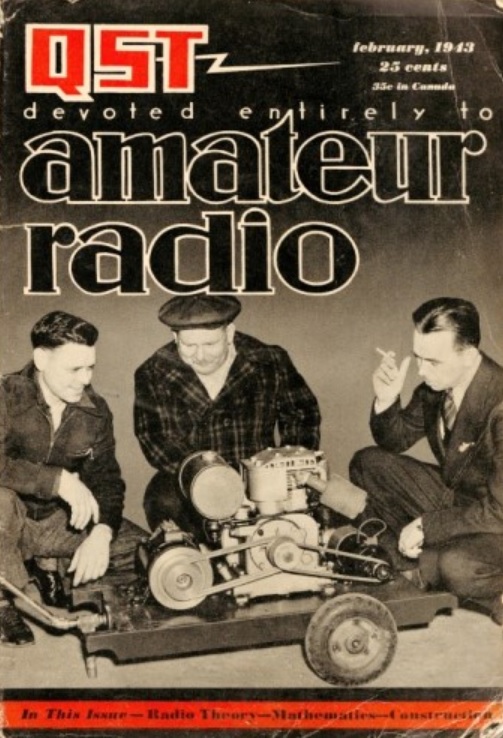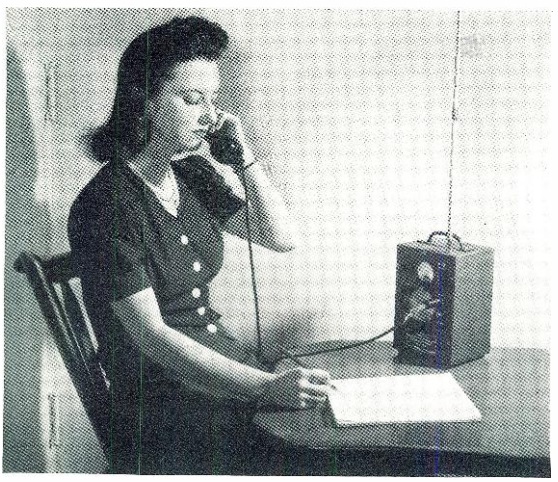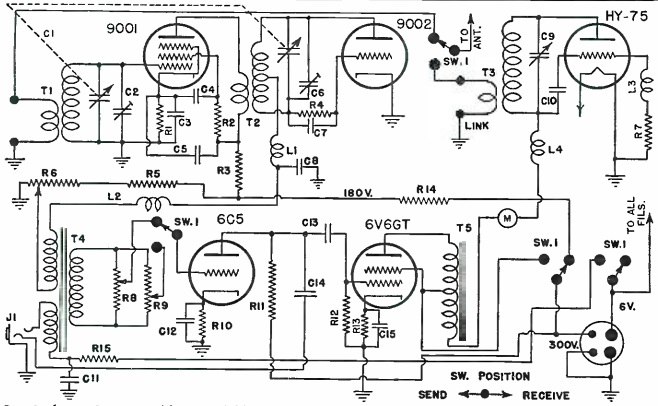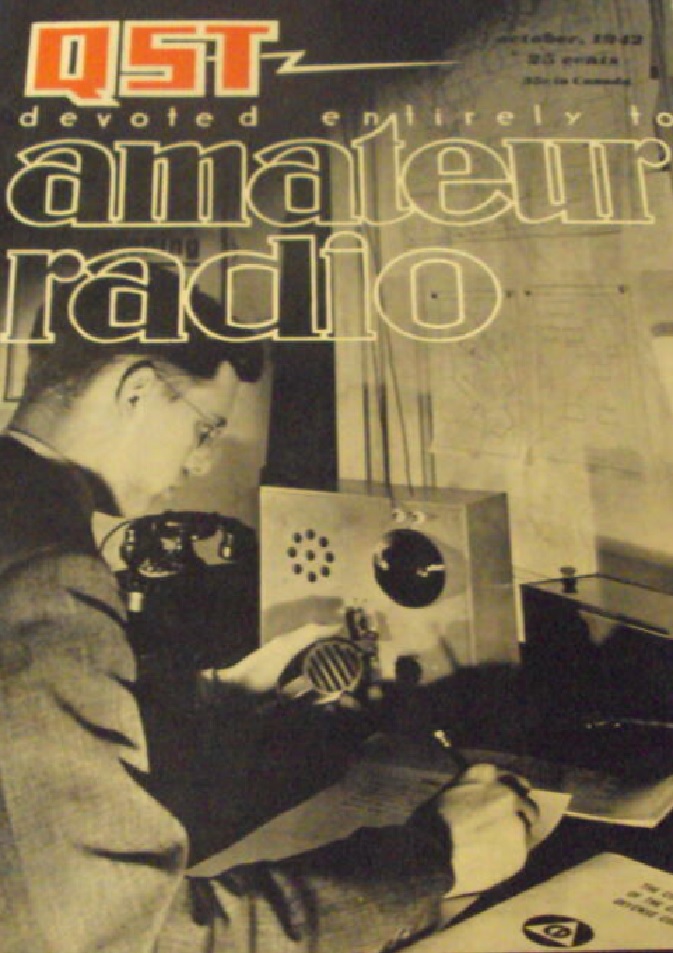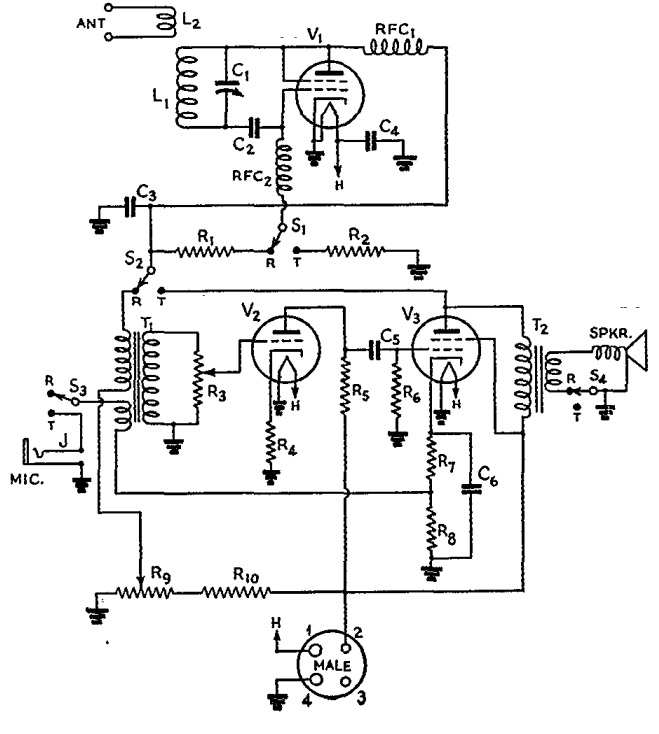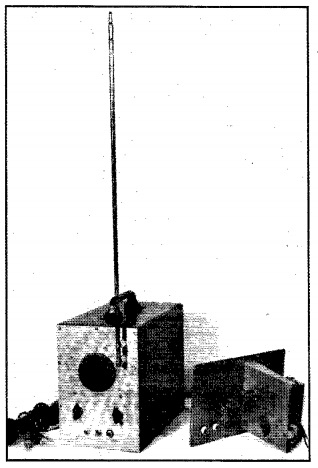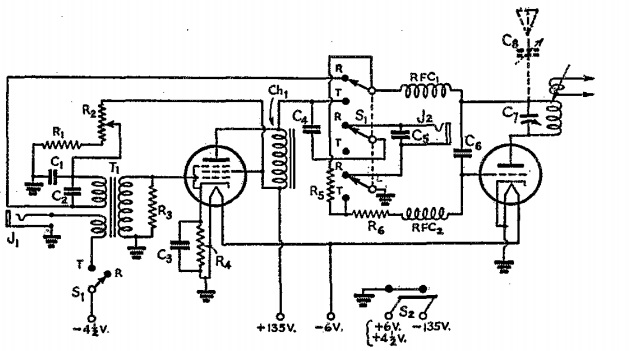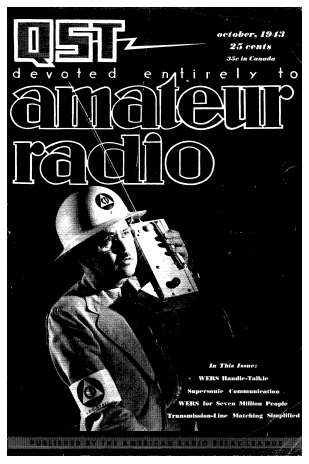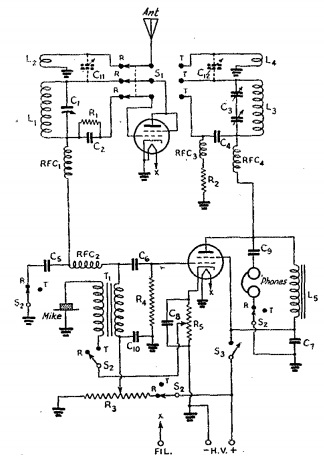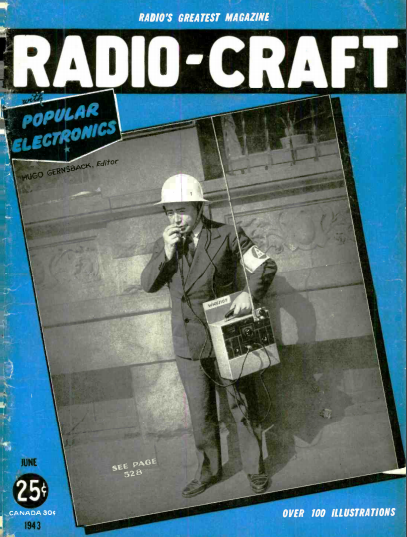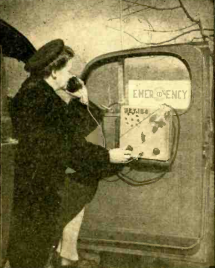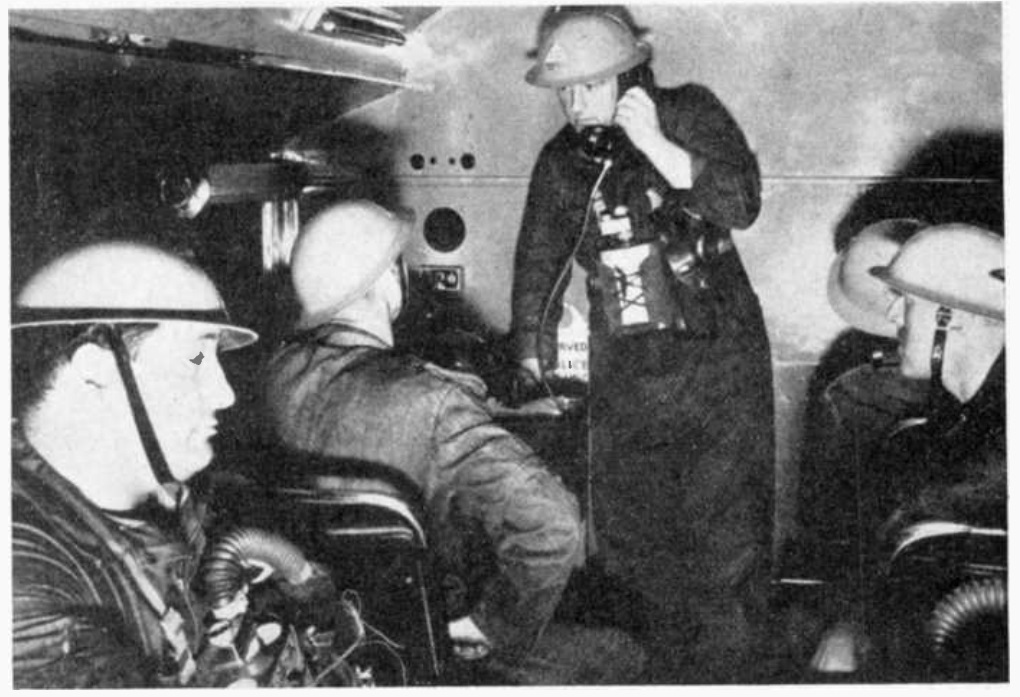 We’ve previously discussed the War Emergency Radio Service (WERS), a wartime civil defense service set up to harness the talents of amateur radio operators who were otherwise off the air for the duration of World War II.
We’ve previously discussed the War Emergency Radio Service (WERS), a wartime civil defense service set up to harness the talents of amateur radio operators who were otherwise off the air for the duration of World War II.
Eighty years ago this month, the February 1943 issue of Radio Retailing takes a look at how the local radio dealer might fill part of the need in supplying equipment and expertise. The illustration shown above is a mobile repair facility, and undoubtedly some of the personnel shown here service radios as their civilian job as well.
In addition to radio operators, a role likely filled by hams, the dealers might fit into one of five other categories: Maintenance, procurement, construction, repair, and training.

